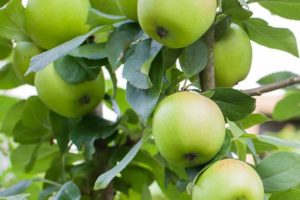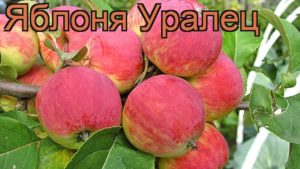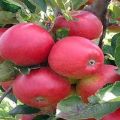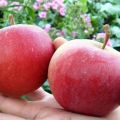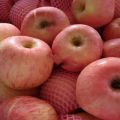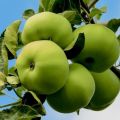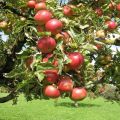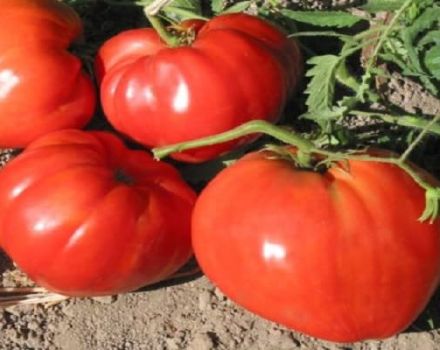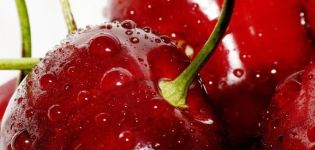Description and characteristics of the Champion apple variety, history and nuances of cultivation
The beautiful presentation of apples attracts gardeners. The Champion apple tree boasts such a feature. In addition to the bright color, they like it because of the incredible taste. To grow Champion apple trees and harvest a rich harvest, the nuances of planting and care are taken into account.
Breeding history and variety description
It was bred by Czech breeders in 1970. The champion received genetic traits from Orange Reneth and Golden Delicious. In the fruit and vegetable market, the Champion was highly appreciated, which helped him to become desirable throughout Europe.
Homeland of growth
The champion grows on the grounds of Ukraine, Belarus, Russia and other European countries. It is grown in the steppe and forest-steppe zones. Poland is considered the main supplier of apples.
External parameters
Despite their compactness, the trees give a rich harvest. At the same time, fruiting is stable.
Fruit
The Champion's apples look appetizing in appearance, which is what attracts gardeners. One specimen weighs in the region of 140-210 g. Each apple picked from the tree has a regular round shape. Under the thin red skin with white specks, there is a delicate apple pulp.

Wood
The champion is considered a short-growing variety. Has an oval crown and compact size. A thin gray bark covers the trunk of medium width. The tree reaches a height of 5 m, while the crown width is 3-4 m.
Advantages and disadvantages
The advantages are:
- drought tolerance;
- a bountiful harvest;
- good taste;
- bright color;
- strong immunity to powdery mildew and scab.
Disadvantages:
- poor cold tolerance;
- needs pollination.
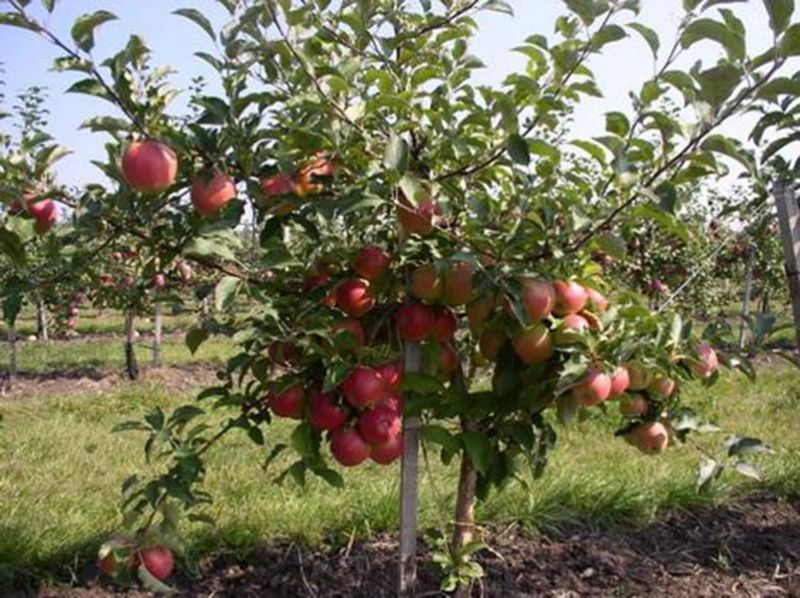
The immune system of the variety is unable to protect the apple tree from bitter pitting and fire blight.
Specifications
A description of the features of an apple tree will help a person find out whether such a variety is suitable for him for growing or not.
Suitable region and climate
To delight with the harvest of apples, it is recommended to grow trees in regions with climatic features close to their native ones. The Carpathian region is best suited - a steppe or forest-steppe zone. If the Champion is growing in a region with a warm climate, shelter for the winter may be needed.
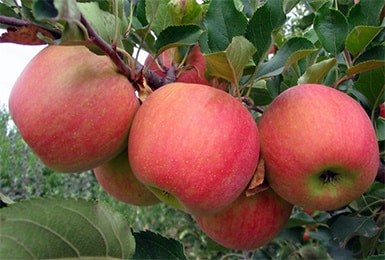
Frost resistance
In this regard, the indicator is at an average level. If the frosts are strong, cover is required not only for the trunk, but also for the base branches. In some cases, complete tree cover will be required.
Susceptibility to diseases and pests
The champion occasionally suffers from diseases typical of fruit trees. A strong immune system often protects against parasitic fungi and bacteria. Most often, the gardener is faced with the bitter pitting of the fruit.
Features of fruiting
Before the apple tree delights with rich and tasty fruits, it goes through several stages of apple formation.
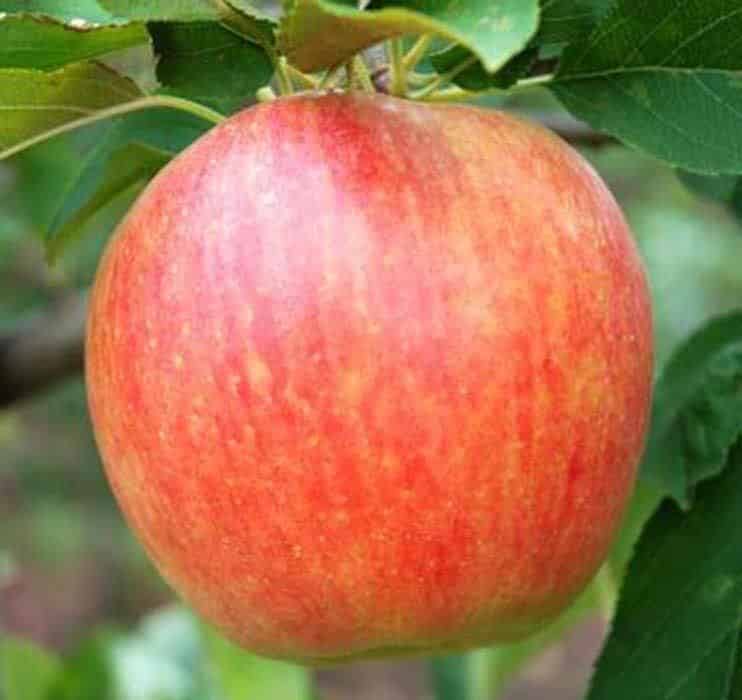
Pollination
Champion is an apple variety that is prone to partial self-pollination. To increase the percentage of ovary formation, they are planted next to the tree apple trees prima, Idared, Lobo and others.
Pollinators must be planted close to the Champion.
The beginning of fruiting
After planting, the apple tree is not ready to harvest. The formation period of green apples falls on the 2nd or 3rd year of the Champion's life. Sometimes the fruits appear 4-5 years after planting the seedling.
Yield
In this regard, the Champion adheres to stability and generosity. A five-year-old tree yields at least 20 kg of apples. The fruits are large and identical.
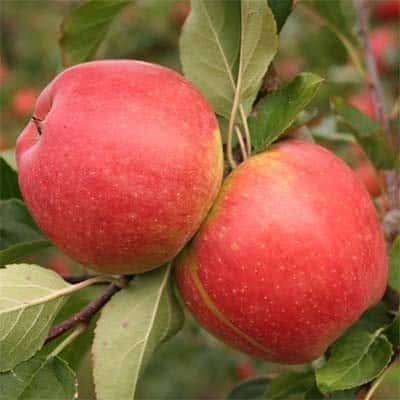
Tasting features of the fruit
The apples taste sweet and sour. Considered dessert. The pulp is firm, but not very creamy.
The nuances of growing in different regions
Features a gardener should know about:
- Southern Urals. This is the most favorable zone for all Champion subspecies. There is no need to use additional protective measures for growth. Included in the top 10 popular apple varieties.
- Moscow region. Due to the not so favorable climate, trees have to be wrapped up for the winter.
- Ukraine. Popular in the country. The variety bears fruit as it grows at the same latitude as Poland.
- Belarus. One of the favorite varieties among amateur and professional gardeners. Polish varieties are grown in specially designated areas.
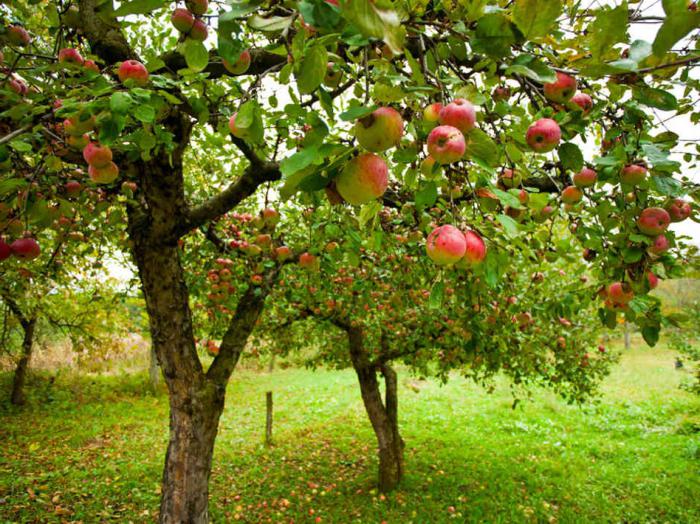
In whatever region the Champion is grown, it is recommended to choose a place for him on the southern side of the land plot. It must be protected from the wind.
Planting and leaving
A person who has acquired a seedling and wants to plant it in the garden is sure that it is necessary to act according to the classical scheme. The main thing is that the young tree is healthy. But this is a mistake that inexperienced gardeners often make.
Preparation of young seedlings
There are no special secrets in this matter. A person is required to carefully examine the tree for damage, fungi and mold. The best seedling is considered to be the one that has reached 2 years of age. Regardless of what time of the year the seedling is purchased, the roots are treated with a clay mixture. This will keep them from drying out. If the seedling is purchased in the fall, all leaves are cut off before planting.
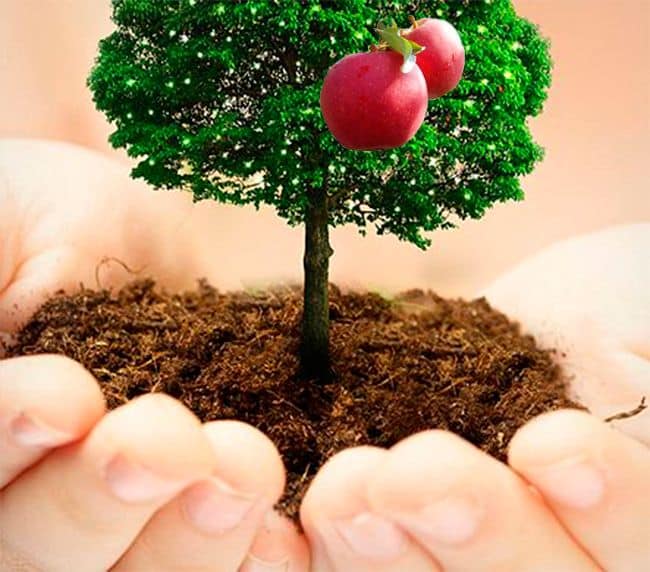
Disembarkation period
Depends on the age of the seedling:
- 2-year-olds are planted in the soil in spring;
- more mature - in the fall.
The champion is not afraid of transplanting both in spring and autumn. The event is planned by each gardener independently, taking into account individual preferences.
Scheme and basic rules
It is planted in the spring in a hole, the size of which should completely accommodate the root system of the seedling. In the place where the Champion will grow, there should be no wetlands and stagnant water. The seedling is placed in a hole, spreading the roots along the bottom. Before filling the hole with earth, the roots are watered.
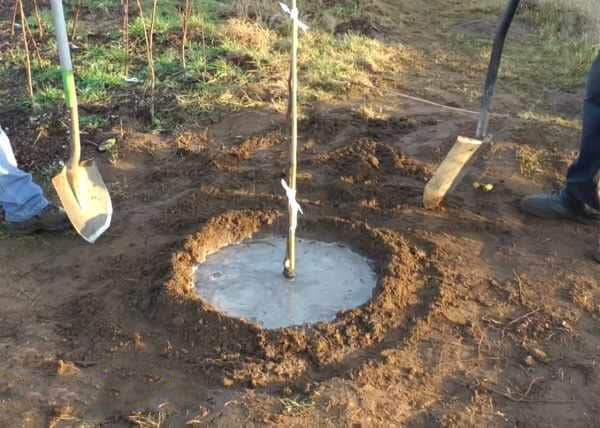
Watering frequency
Moisture is applied in the evening. If the area with apple trees is large, drip irrigation is installed. They are also considering such an option as sprinkling.
Seasonal fertilization
The first feeding is carried out in the spring using chicken manure. The procedure is repeated at the time of bud formation and preparation for the winter cold (in August). At the second stage, superphosphate is used, at the third - mineral complexes.
Crown pruning
It is carried out before the start of sap flow - in March. Lateral shoots, which are directed to the middle of the crown, are subject to removal. Cut off old, bent and diseased branches.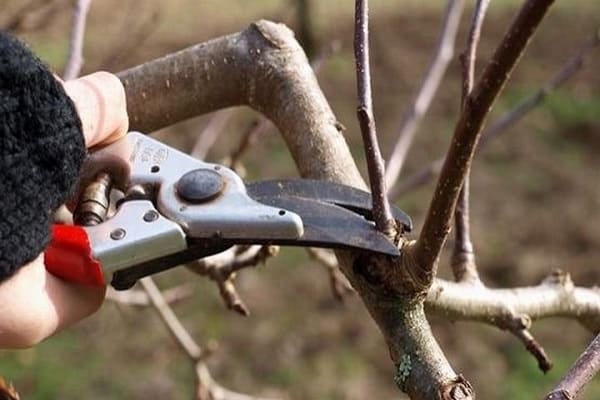
Mulching
The procedure is needed to retain moisture in the soil. For this, organic mulching of a plot of land around the trunk is used. The depth of the layer is 6-10 cm.
Varieties of varieties
The champion has good characteristics, but the breeders did not stop there and bred subspecies. As a result, gardeners are engaged in growing them.
Renault
The level of frost resistance is medium. It is characterized by a wide crown, but the tree is not as tall as the Champion. A sweet-tasting fruit with an intense color originated in Poland.
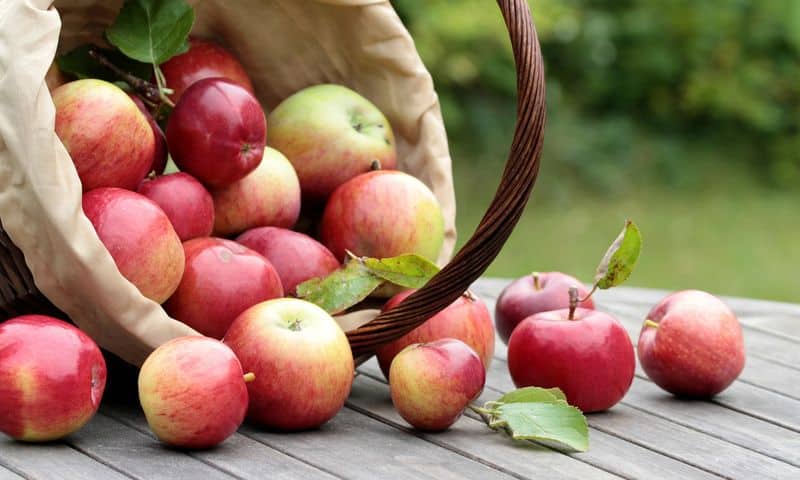
Giant
Tastes the same as Champion. Possesses good frost resistance. The maximum fruit weight is 900 g.
Dwarf
Has the same technical characteristics as the Champion. It has a small stature, which is why it got its name. Small dimensions make wood easy to care for.
Semi-dwarf
An adult tree reaches a height of 4-5 m. The taste of the pulp is sweet, but in moderation. Virtually not affected by scab, resistance is less pronounced to powdery mildew.
Columnar
The tree produces crops in the 3rd year after planting. Up to 15 kg of apples are harvested from one specimen. It has a lot of advantages and only one drawback - a short period of fruiting. Anyone can grow the Champion apple tree if he follows the recommendations and advice.
